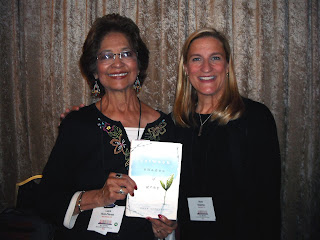“Although there are no set rules on length, a short-short story usually runs 500-1500 words, a short story about 2,000-7,000, a long story about 8,000-15,000, and a novella about 20,000-50,000.” Writing Tips from Reader’s Digest Weekly Planner
Monthly Archives: January 2013
Book Contracts
Good luck with your book!
“I dive into a story the way I dive into the sea, prepared to splash about and make merry.” – E.B. White
2012 Children’s Book Reviews
 |
| Author and Sepetys |
Writing Tip: Professionalism is an attitude. For a writer, this means professional presentation of queries and manuscripts, a thorough study of the market, and the ability to deliver assigned work on time. – Writer’s Digest Weekly Planner
Writing in different genres
“The longer you put off getting serious about writing, the longer you put off success. Procrastination is a writer’s biggest enemy.” – Barbara Seuling
Children’s Books – Genres
I’ve learned that people will forget what you said; people will forget what you do; but people will never forget how you made them feel.” – Maya Angelou
The Writing Life
 |
| San Antonio River Bridge |
“Refrain from editorializing in descriptions of your work. An agent or editor shouldn’t have to be told your story is thrilling or heartbreaking; your description should show or reflect these qualities.” – Writing tip from Writer’s Digest Weekly Planner



